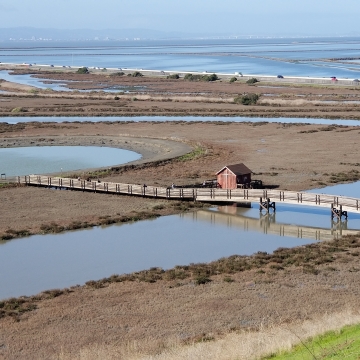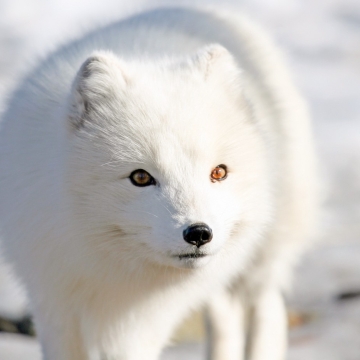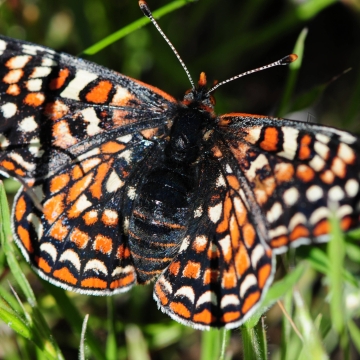Initiatives
Climate Change
Grassland conservation has an important role in climate change climate change
Climate change includes both global warming driven by human-induced emissions of greenhouse gases and the resulting large-scale shifts in weather patterns. Though there have been previous periods of climatic change, since the mid-20th century humans have had an unprecedented impact on Earth's climate system and caused change on a global scale.
Learn more about climate change resiliency – sequestering carbon, reducing soil erosion, ensuring clean water, and protecting biodiversity, among other benefits.
Grasslands primarily sequester carbon underground, along its deep root system, as soil organic carbon, making that carbon less susceptible to wildfires or drought compared to forests. Native grassland species have up to twice the root biomass than introduced species and store more carbon as carbon sequestration rates can increase with soil depth.
Grasslands and shrublands contain as much as 34% of the carbon stock in the U.S. Great Plains. Soils have a great potential to store carbon and early studies indicated that, globally, restored soils of degraded habitats could potentially sequester an additional one to three billion tons of carbon annually. The protection and restoration of these habitats can play an important role in mitigating climate change.
Agricultural producers and ranchers can also serve an important role in addressing climate change. According to the Carbon Management and Sequestration Center, cultivated soils have lost up to 70% of their original carbon stock, much of which has oxidized upon exposure to air to become carbon dioxide. One of the main opportunities for producers and ranchers to help is to sequester and protect carbon stocks through their soil management practices that increasing soil organic content, such as crop rotation, grazing management, and limited use of pesticides and fertilizers. Lands enrolled the U.S. Department of Agriculture’s (USDA) Conservation Reserve Program, primarily grasslands, sequester an average of 49 million tons of greenhouse gases – equivalent of taking 9 million cars off the road annually.
Learn more about the relationship between grasslands and climate change:
- Climate Change and Climate Adaptation Training for Grasslands Conservation Practitioners | South Central CASC
- Grasslands and Climate Change | USDA Climate Change Resource Center
- Grassland: Mission: Biomes - NASA
- Grassland Carbon Management | USDA Climate Change Resource Center
- Understanding Impacts on Southeastern Grasslands from Climate Change, Urban Expansion, and Invasive Species








